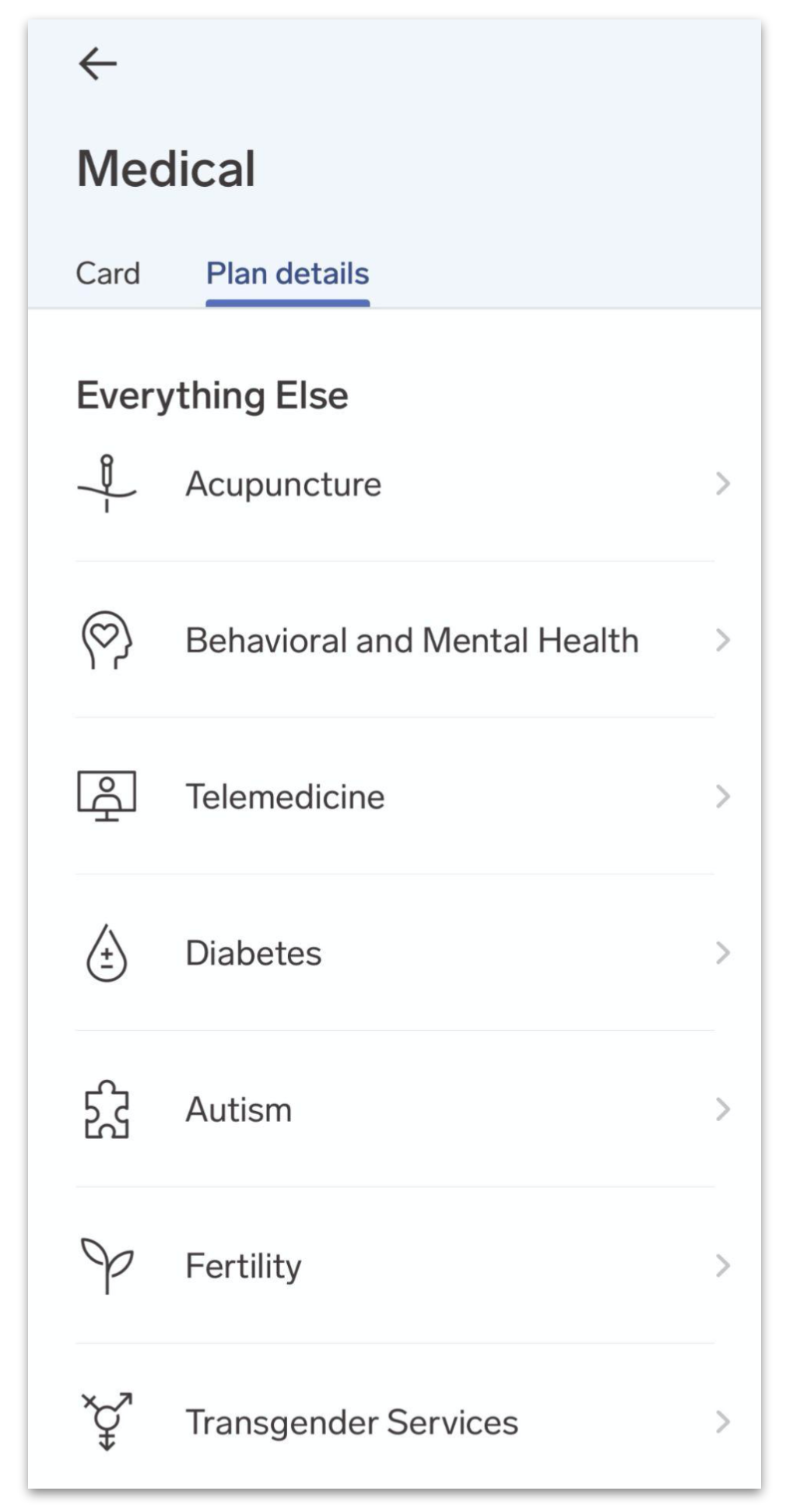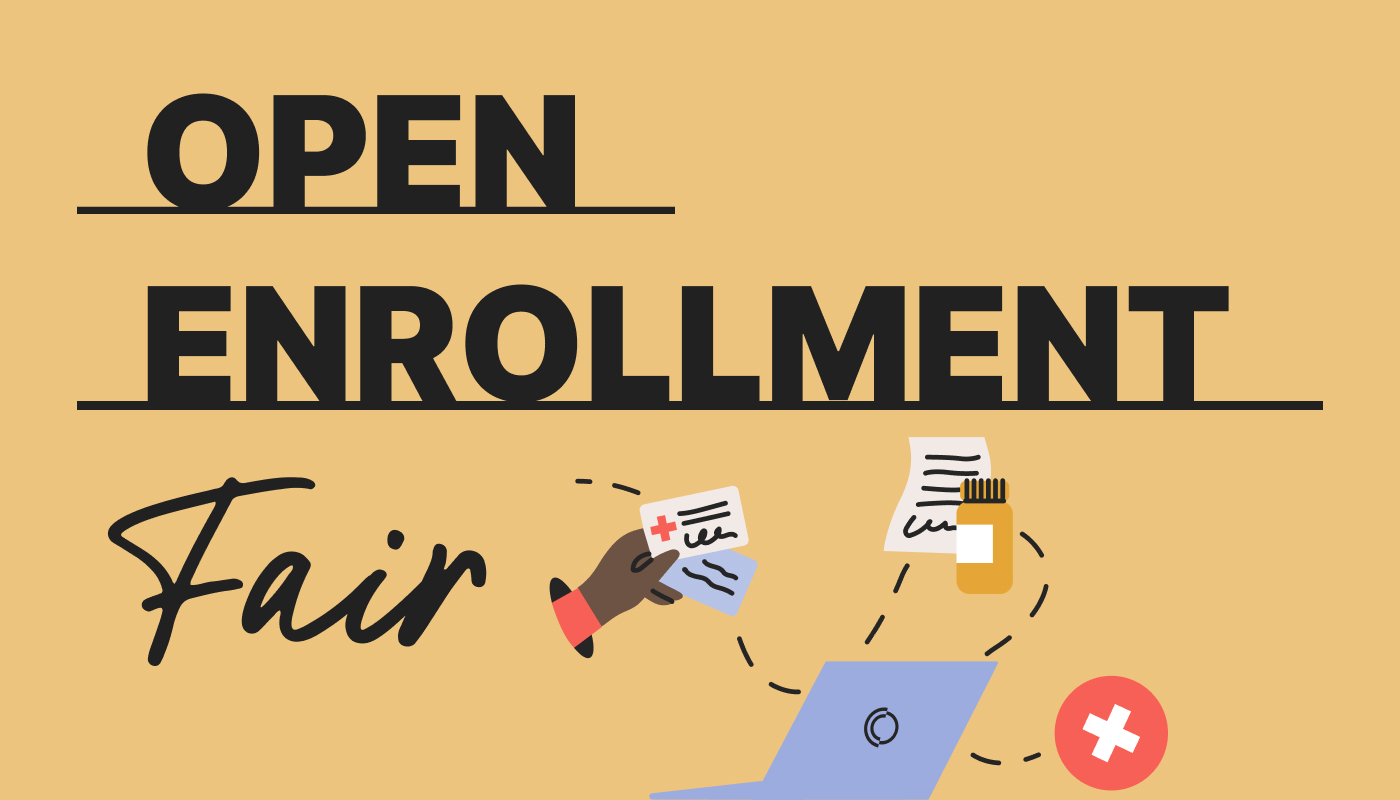Inclusive care is based on the philosophy that health services should be equally accessible by all. Find out how it shows up in clinical practice and employer benefits, and how to deliver culturally competent care in this article.
At Collective Health, we’re on a mission to make healthcare easier to find, navigate, and understand for everyone. As part of our Pride Month awareness campaign, we explore the notion of inclusive healthcare, how it shows up in clinical practice and employer benefits, and how to deliver culturally competent care.
For us, part of the solution is to work with like-minded digital healthcare providers within our Premier Partner Program–leading digital health solutions that span the fields of mental health, telehealth, family-building, oncology, and more. These partners help our customers build inclusive benefits packages that meet the evolving needs of their health plan members. But what is inclusive care?
What is inclusive healthcare?
Inclusive care is the notion that health services should be equally accessible to all regardless of age, sex, sexual orientation, gender identity, or marital status.

This may include a variety of measures to help members feel more comfortable accessing care and to better tailor their healthcare experiences, such as having Black, Indigenous, and people of color (BIPOC) providers on staff, and providing services for unique member needs, such as family-forming options for same-sex couples, or large print options for members with sight problems.
This extends to employer healthcare services too! Health disparities aren’t limited to clinic and hospital settings. Employer health benefits, either self-funded through a third-party administrator, like Collective Health, or fully-insured, can promote inclusivity by also focusing on ways to ensure their services meet member needs.
Cultural competency training
While the COVID-19 pandemic has raised awareness about poor health outcomes for underrepresented groups, ensuring equitable access to care has long been a challenge for healthcare organizations.
Cultural competency training aims to empower healthcare workers with the knowledge and skills to deliver high-quality care that is culturally sensitive, conveys respect for diverse cultures, and a personalized patient experience that takes into account the factors that make each person unique. Areas covered in cultural competency education include:
- understanding barriers to care for various groups
- strengthening intercultural communication skills
- reviewing policies and how they affect various groups
Overwhelmingly, research shows that this type of training can significantly improve patient satisfaction and perception of the healthcare professionals, strengthen health behaviors, and build understanding and communication with minority group patients.
Making healthcare inclusive
As we recognize Pride Month, we asked our Premier Partners about their inclusive care philosophies, how inclusive care shows up in their clinical field, and what they are doing to deliver culturally competent care.
Diversity is not only racial. It’s multi-dimensional, encompassing not just race and ethnicity but gender, sexual orientation, religion and more. And understanding individual differences can be critical to delivering care that best meets their needs.
– Rick Pollack, CEO, American Hospital Association
Availability and accessibility of care
Wellness programs should keep in mind the opportunities and privileges that some people may have and not penalize others for not having access to those same privileges, according to Leslie Neitzel, Chief Human Resource Officer at Carrot Fertility:
“Benefits play an essential role in supporting inclusivity, increasing opportunities for all employees to engage with their health. When benefits are accessible to every employee — regardless of age, race, sex, sexual orientation, gender identity, or geography — they ensure a route for care, removing boundaries and potential roadblocks.”
Employers can benefit from offering more inclusive wellness programs that cover other important aspects of holistic health, such as fertility and family-forming benefits, as well as mental health.
Carrot Fertility is a global fertility benefits provider for employers and health plans, built to support employees through their lifelong fertility healthcare journey. More thought leadership by Carrot Fertility on the blog:
Education and awareness
Fukiko Ogisu, Chief Operating Officer at 98point6, believes health equity within employer benefits starts with education and understanding:
“Making healthcare accessible for all starts with education. It takes a curious, committed organization to identify the opportunities and challenges within disadvantaged communities and address them, human to human”
And while he points out that technology can play a big role in making healthcare more equitable and accessible, he warns that companies should be careful not to do any harm, especially when using demographic data.
“We must ensure we are not perpetuating stereotypes, encouraging bias, or inadvertently exhibiting unconscious bias in our data collection to provide more consistent care.”
98point6 delivers on-demand diagnosis and treatment from board-certified physicians via secure in-app messaging. More thought leadership by 98point6 on the blog:
Identify and deconstruct DEIB barriers
Sometimes creating or adding on more inclusive health benefits requires plan sponsors to simultaneously break down barriers for access to those new benefits, according to Pete Anevski, CEO of Progyny.
“When it comes to the benefits offered to your workforce, it’s important to make sure the program to access those benefits is actually inclusive, because true equality can’t be reached until all groups feel supported.”
In terms of fertility and family building benefits, he explains that many plans offered through a traditional carrier often require an official diagnosis of infertility in order to access treatment. This is a diagnosis which LGBTQ+ couples or single parents by choice will rarely receive, limiting their access altogether.
“A truly inclusive benefit would eliminate these barriers and ensure everyone has access to family building.”
Progyny provides comprehensive coverage for fertility and family building services. More thought leadership by Progyny on the blog:
How to put inclusivity first
Black, Indigenous, and people of color (BIPOC) face greater challenges when accessing healthcare. And it starts with the make-up of America’s doctor population: as of 2018, just 5.8% and 5.0% of physicians identified as Hispanic and African American respectively.
Indeed, there is a growing body of research demonstrating that, when doctors and minority patients share the same ethnicity, it improves a range of health-related metrics including:
- Cholesterol screening
- Medication adherence
- Patient perception of treatment
- Understanding of cancer risk
- Wait times for treatment
There are other ways of putting inclusivity first too, such as providing plan materials and healthcare documents in multiple languages appropriate to the preferences of communities served. Staff interacting with patients should not only receive cultural competency training, but they should actively use these strategies in their everyday practice.
We reached out to the team at Ginger, a digital mental health solution, to hear what they thought: “We’re dedicated to leveling the playing field and reducing the barriers to care for underrepresented populations and those experiencing intersectionality of identity.”
Ginger also underlined the importance of providers putting inclusive care first, starting with staffing plans, education, and the implementation of tailored programs to support each patient.
“By developing content and resources for diverse audiences, hiring quality providers who reflect the diversity of our member population, and continuously training our care team on topics relating to LGBTQ+ identity, we aim to increase access, improve outcomes, and realize a future where mental health is never an obstacle.”
Ginger provides members with access to unlimited self-guided care and 24/7 on-demand coaching, as well as video-based therapy and psychiatry support.
Remote solutions for rural places
Member Advocates create memorable member experiences | Collective Health
Collective Health's Member Advocates are a team of highly-trained, compassionate experts in your health benefits.
Inclusivity is inextricably linked to accessibility, and an important factor that Dr. Todd Sachs, MD, Chief Medical Officer at AccessHope, touches on is patient or member location. In particular, people living in remote and rural areas have limited access and preventive healthcare services.
“Approximately 60 million Americans live in rural areas with limited or no access to National Cancer Institute (NCI)–Designated Comprehensive Cancer Centers,” said Dr. Sachs. “With AccessHope’s employer-sponsored benefit, employees near and far can connect their community doctor to NCI- and NCCN-level specialists.”
He reported that AccessHope’s subspecialists suggest recommendations that have been associated with improved outcomes in more than 89% of cases, enabling patients, regardless of their location, to benefit from today’s extraordinary innovations in oncology.
AccessHope provides leading-edge cancer care, support & expertise for your employees. More thought leadership by AccessHope on the blog:
Patients with disabilities
As per the UN Convention on the Rights of Persons with Disabilities, those “. . . with disabilities include those who have long-term physical, mental, intellectual or sensory [such as hearing or vision] impairments which in interaction with various barriers may hinder their full and effective participation in society on an equal basis with others.”
At home, just over a quarter of Americans, or some 61 million people, have some type of disability according to the CDC. As of 2018, one-third of these patients faced one or more of these issues:
- No regular healthcare provider
- Care avoidance due to cost
- Absence of a routine check-up plan
To make progress on inclusivity, efforts should also aim to foster communication and understand the barriers to receiving care for patients with disabilities, which were disproportionately affected by the COVID-19 pandemic.
At Collective Health, we believe that supporting members in their care can help better bottom lines for organizations too. Start by taking a self-guided tour of our platform and see how we can help.
Disclaimer: The views expressed by Premier Partners in the article are those of third parties. They do not purport to reflect the opinions or views of Collective Health or its members.



